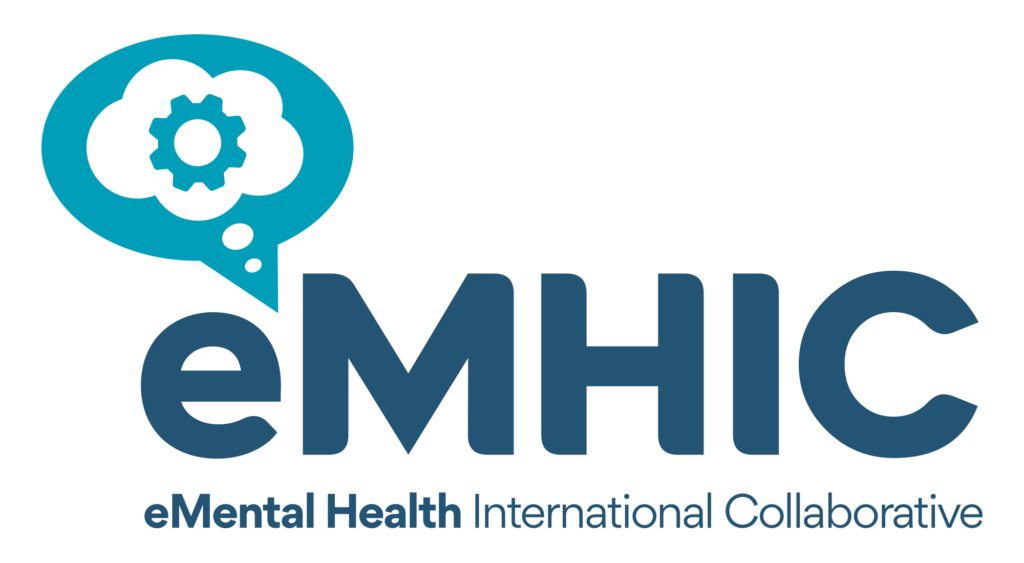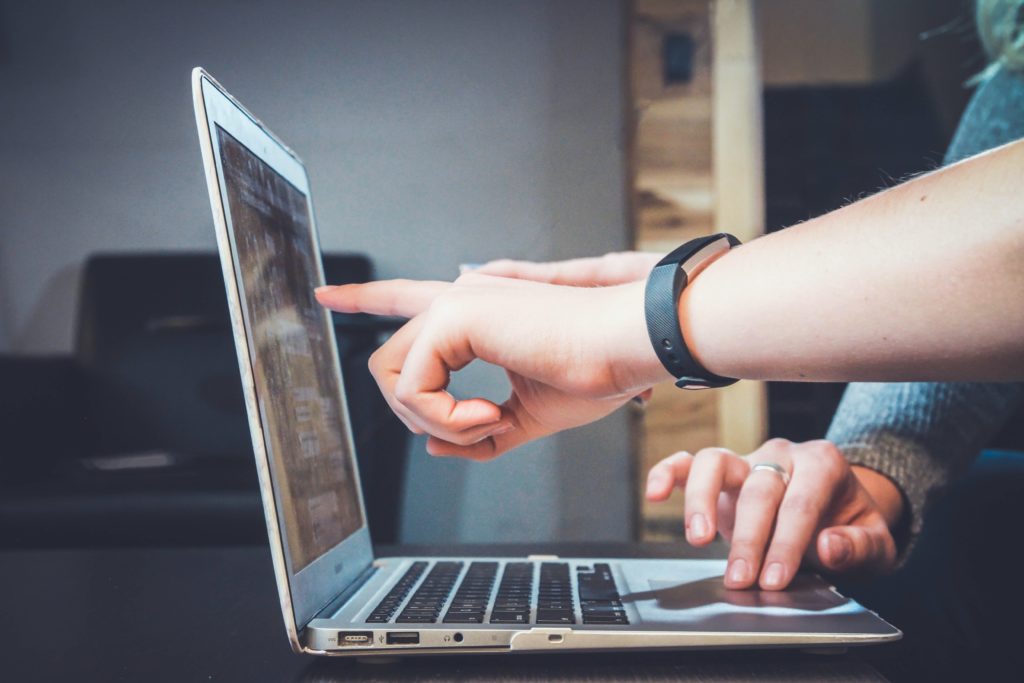Behavioral health patients need their sleep.
They also need to be checked on while they sleep to ensure their safety.
This dichotomy is at the heart of the challenge that behavioral health providers face in their Q15s, or fifteen-minute patient safety checks, as these common psychiatric hospital practices can at times be counterproductive to patient care.
We know that forward-thinking behavioral health providers are already finding ways to use technology to revolutionize rounding for the sake of their patients. Understanding the connection between sleep, mental health conditions and patient recovery can help providers even more as they travel toward embracing additional solutions that can improve patient care.
Understanding the connection between sleep and mental health
Poor sleep is a major contributor to mental disorders. As science progresses, the finer details of this connection become more clear.
“We traditionally describe it as bidirectional because we can’t work out whether sleep disturbance precedes the onset or deterioration of a mental illness or vice versa,” says Dan Joyce, Professor of Connected Mental Health at University of Liverpool, UK. “What we do know is that when we see people at the first onset of mental illness, we almost always discover that there has been some disruption or dysregulation of their sleep in the days, weeks and very often months before that.”
Public health officials recommend that everyone 18 years and older get at least seven hours of sleep every night. Once a person reaches 60, they need up to eight or nine hours a night.
Sleep is a time for the brain to repair itself. When we sleep, the brain engages in reorganizing synaptic connections, consolidating learning and other restorative functions vital to brain health. According to the CDC, patients who don’t get enough sleep are 2.5 times more likely to experience frequent mental distress.
“It’s very hard to make an entirely, 100% safe bedroom space for a patient, and to check them without opening the door and either switching on the light or shining a flashlight into the room,” Joyce says. “Patients frequently tell us that this interrupts their sleep. If a component of that person’s distress or difficulty is related to not sleeping, it doesn’t require a particularly sophisticated empirical piece of research to tell you that patients will end up having their sleep disturbed and that it will be counter-therapeutic and cause more problems.”
Researchers have identified sleep disorders as “significantly associated with an increased relative risk for suicidal ideation, suicide attempt and suicide.” Another study observed that “active suicidal ideation and a reduced impulse control in relation with sleep disturbances are in line with findings showing that people become more self-destructive and act more emotionally driven and ‘bottom-up’ when they were sleep-deprived.”
For decades, inpatient settings have failed to address the sleep environment for patients. It’s a complaint that is common, irrespective of the specific health care facility or setting.
Improving sleep among mental health inpatients
Improving patient sleep brings major benefits. Some research in acute hospitals finds that patients in facilities with nighttime sleep policies saw better care outcomes and higher reported patient satisfaction scores.
But behavioral health providers face two major hurdles. First, it would be unthinkable to not conduct some form of check to ensure a patient’s safety given the multifaceted risk factors present within the setting. Secondly, there are limits to technological solutions used to monitor sleep, as the instruments that are well-established and validated are quite invasive.
Electroencephalography (EEG) devices that are used in sleep labs require caps with several electrodes that are tethered to a machine to read brain activity to assess sleep. Further, many sleep assessments also require patients to wear devices to measure breathing and heart rhythms. This gold-standard for sleep studies can, paradoxically, also interfere with the patient’s sleep because they must accommodate the measurement devices.
“What we are seeking is something that sits between the two, something that will give a good, consistent measurement of sleep without attaching any devices to the patient,” Joyce says.
Safety checks without disruption
An increasing number of behavioral health providers are turning to technology to make the nighttime more restful for their patients, helping to promote better sleep quality.
With the help of FDA-cleared software, contactless patient monitor, Oxevision, allows staff to carry out their Q15s without disturbing patients who are asleep in their rooms. It does this by providing:
Contact-free, medical grade cardiorespiratory vital sign measurements to confirm the patient is alive and well
15 seconds of clear vision into the room (with privacy controls — no video data is recorded) so staff can use their clinical expertise to establish whether the patient is safe, just as they would during conventional Q15s
In a survey of 77 behavioral health patients, over 70% said they slept better when staff used Oxevision to support their care. And because staff don’t need to enter every room when doing their nighttime Q15 checks, rounding takes half the time.
Dreaming big: sleep insights for truly personalized care
So what does the future look like for behavioral health inpatients when it comes to sleep? With access to objective sleep insights, clinical teams could personalize patient treatment and care in a way that is currently beyond their reach.
“You’d actually have the opportunity to tailor treatments appropriately to the patient. You can adjust how psychiatric medications are prescribed so that you maximize the benefits of their side effects in the service of improving poor sleep,” Joyce says. “If a particular sleep stage turns out to be particularly important for an individual, we can exploit medications where we know that aspect is a therapeutic benefit rather than a disruptive one.”
Sleep data in behavioral health inpatient settings could also provide improved clinical oversight for the unit as a whole and hospital-level quality improvement. Payers often want to see how well patients are sleeping, and the effectiveness of sleep medications, before making new decisions on partnerships. With this non-disruptive technology keeping patients safe and monitoring their sleep, payers have more accurate data than ever before, and can place a higher degree of trust on providers.
And that will make everyone sleep well at night.
To learn more about how Oxevision can help your patients and staff, visit Oxehealth.com.
Sources:
“Public health officials recommend” — CDC
“Sleep is a time for the brain to repair itself” — CDC
“Patients who don’t get enough sleep are 2.5 times more likely to experience frequent mental distress” — NCBI
“Researchers have identified sleep disorders as” — BMC Psychiatry
“active suicidal ideation and a reduced impulse control in relation with sleep disturbances…” — Healthcare Finance News
“Improving patient sleep brings major benefits” — NCBI
“In a survey of 77 behavioral health patients” — Oxehealth
This content was originally published in Behavioral Health Business on 26 September 2023: https://bhbusiness.com/2023/09/26/sleep-matters-inside-the-connection-between-sleep-and-mental-health/








